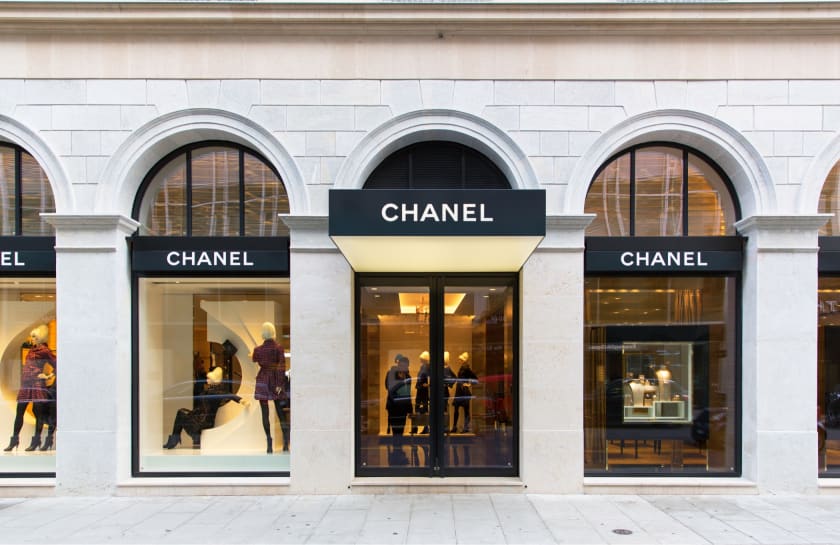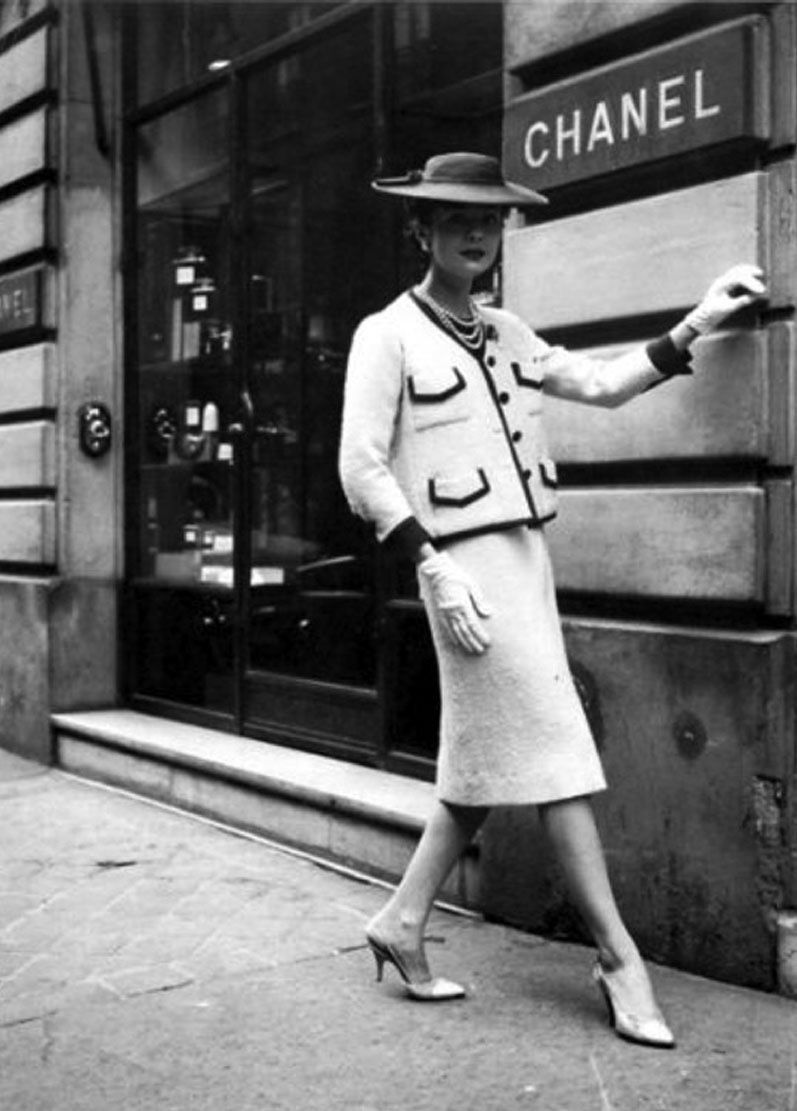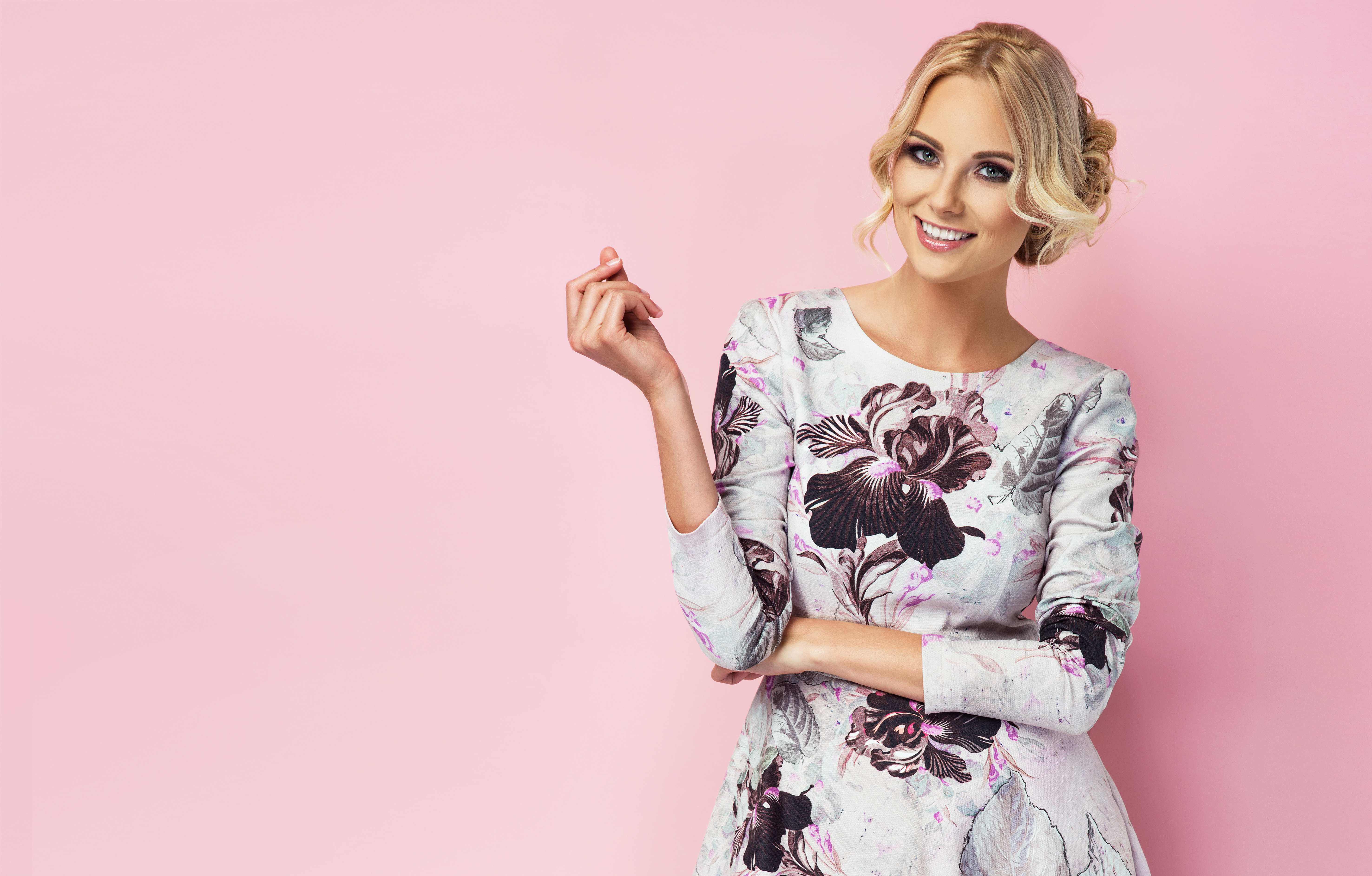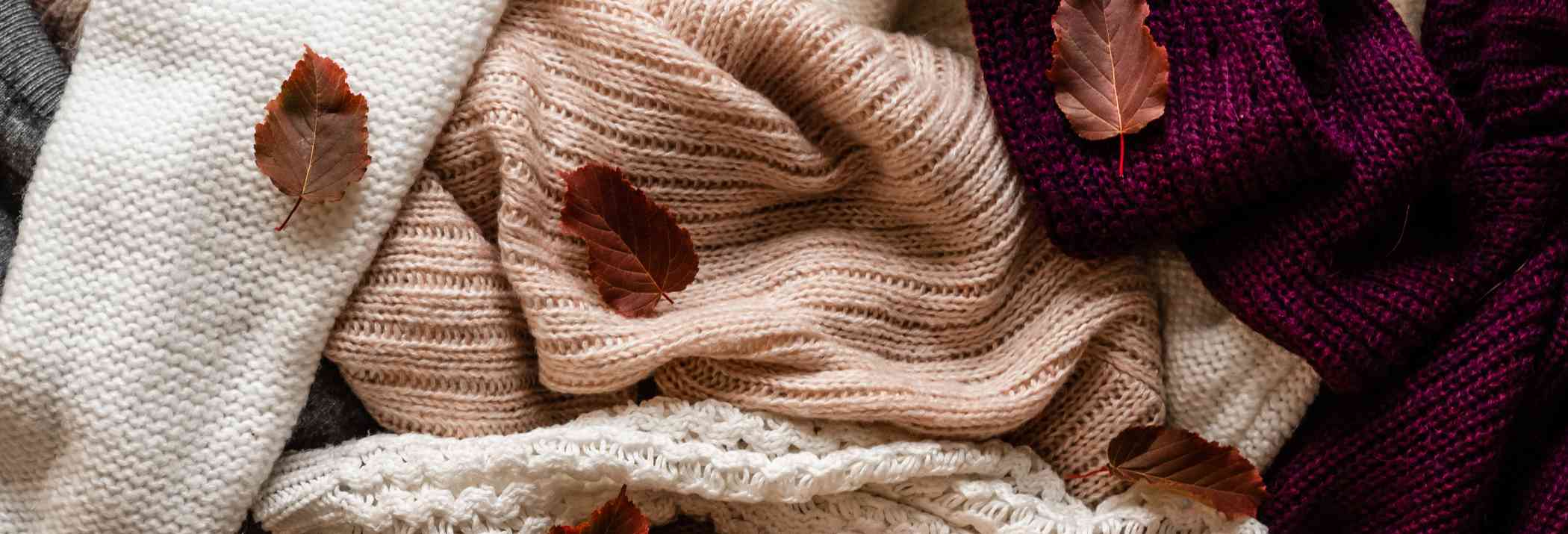CHANEL's Approach to Challenging the Traditional Quo by Designing Products That Defied Social Expectations



Chanel is a high-fashion firm that specializes in high fashion and ready-to-wear clothing, luxury products, and fashion accessories. According to the Millward Brown list issued in 2014, Chanel and Chanel Stores are the 7th most profitable luxury brand. The label concentrates on women's apparel (with the exception of a few men's scents) and adheres to its creator, Gabrielle “Coco“ Chanel's heritage of promoting traditional know-how as well as a legacy. The majority of the brand's message focuses on her history while promoting her forward-thinking modernism.
Who Started With the Idea?
Gabrielle "Coco" Chanel was the first to utilize jersey fabric in womenswear to stress the significance of comfort. Her designs were groundbreaking because they prioritized comfort over the limits of other popular styles. Chanel refused to call herself a feminist, but she talked at length about femininity and that her works were inextricably linked to women's freedom.
Women were able to abandon their corsets because of their simple fashions, which included boxy forms, lower hemlines on skirts, and aspects taken from menswear. The designs liberated women to participate in the required practical duties given the conflict because there were no restrictions on undergarments and an emphasis on comfort.
How Did It Break the Status Quo?
While Chanel is today renowned as a luxury brand with high costs, it originally made a name for itself by making conversation starters and grabbing customer attention by violating societal conventions. In the 1920s, Chanel couture's simple-line designs popularized "flat-chested" clothes, the polar opposite of 19th-century fashion's hourglass form. Before Chanel invented a lovely jersey dress, the material was mostly used for men's underwear.
Chanel stores aimed to flip power dynamics by placing women in men's physical clothing in all of those ensembles. Chanel items have a reasonably stable selling curve, with pricing being the same or increasing gradually overtime to give them greater value and attract the customer to purchase with the idea of investing in the brand.
The iconic two-piece suit

Approximately 70 years after this was originally introduced to the world, the two-piece combination, instantly recognized as distinctive Chanel, remains a classic in the urban woman's sophisticated wardrobe. Alongside the suit's style, there are other reasons why this has become a timeless classic of the Chanel store. The trick is in the details: the jacket was created to be light and fluffy and to look rather like a cardigan than a structured blazer, which wearers may not notice. The skirt is meant to lay gently on top of the hips; it bends slightly backward to dangle below the knee, rather than wrapping it up at the waist - elements that allow the user flexibility of movement.
The little black dress
The little black dress was a multifunctional garment for women and an advancement in the feminine form. During the interwar period, when vivid colors, prints, and heavy motifs characterized the fashion market, she introduced this design. Vogue magazine released a sketch of a basic black crêpe de Chine dress in 1926, predicting that it would become "a sort of standard for all women of taste." That was, without a doubt, a dead-on forecast. This was so because the garment was created during the Great Depression when simplicity and affordability were essential. The black sheath dress quickly became the fashion analog of the bulk manufactured Ford Model automobile: a flexible, timeless, and accessible garment with broad appeal.
The unique advertising and fashion runway

Chanel constructed a supermarket on the catwalk for their Fall/Winter 2014 show, filling the aisles with dozens of props among boxes of actual goods. To say the least, these shows are widely anticipated and well-received. Chanel's commercial campaigns have also included several sumptuous mini-movies. These films feature well-known actors and supermodels. While some of the videos are in the style of a long commercial, others are far more ludicrous and creative, approaching a music video at moments. Chanel stores also make it a point to revamp their space in intervals to keep the atmosphere fresh.
What did Chanel Employ for Its Success?
By adjusting the themes of color, shape, length, and figure represented in all of the designs, Chanel deconstructs gender preconceptions. She does this by employing a novel and unique method in the design process. Chanel incorporates symbols throughout its logo, many of which have historical value. The interlocking double C logo, quilted leather, Camelia flower, and monochrome black and white all contribute to the brand's identity and make it easily recognized.
Conclusion
Celebrities such as Catherine Deneuve, Naiomi Campbell, Nicole Kidman, and Brad Pitt have become living embodiments of the Chanel aesthetic throughout the years. Their connection indirectly communicates the brand's ideology - as an image of perfect elegance, opulence, and high life. Chanel attracted attention, got people thinking, and positioned itself as a name to watch out for. Chanel stores push boundaries by designing a line of clothes unlike anything else on the market. Look for more such powerful and impactful stories on fashion at Fashinza; we curate the best manufacturers and stories for businesses to learn, adapt, and implement.



















